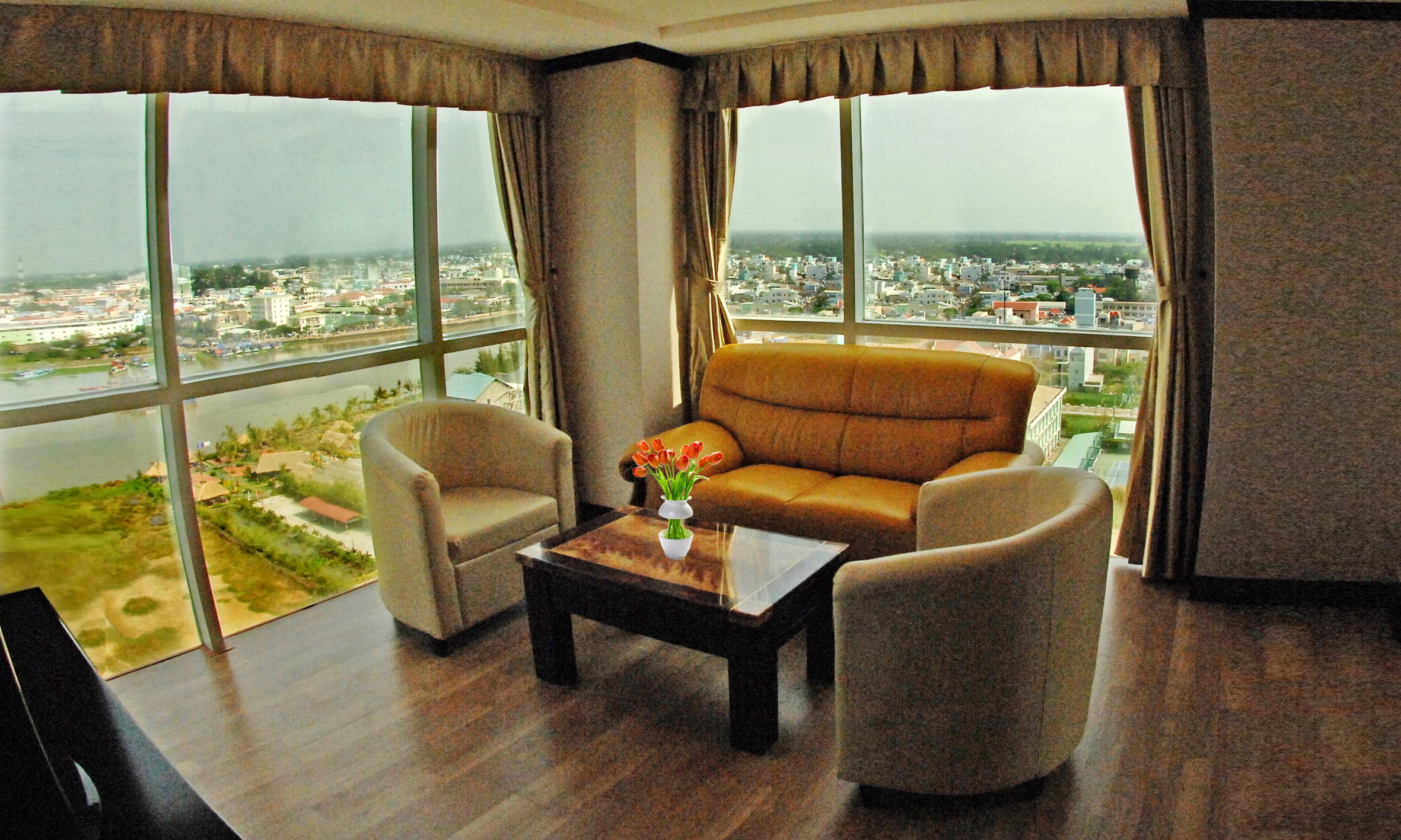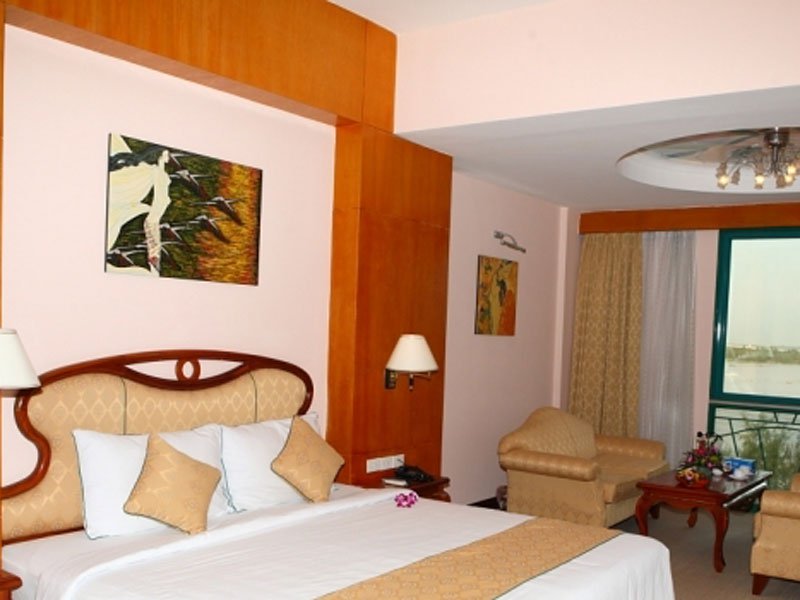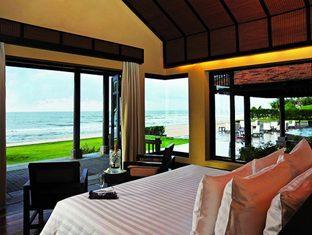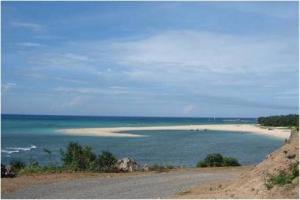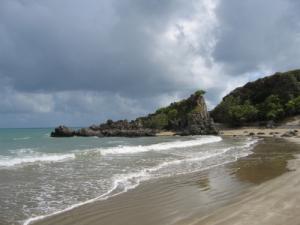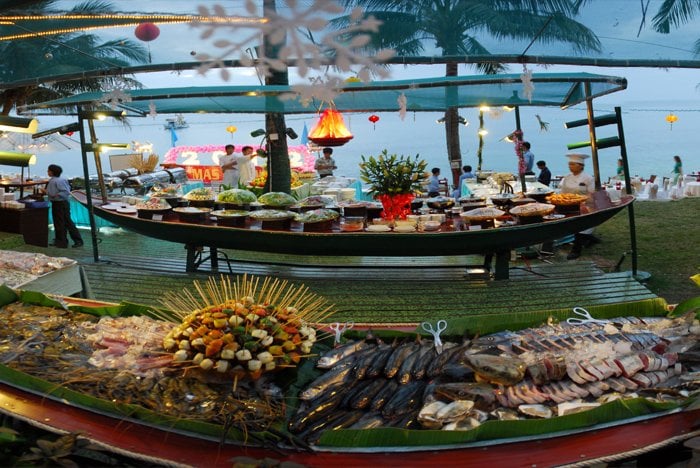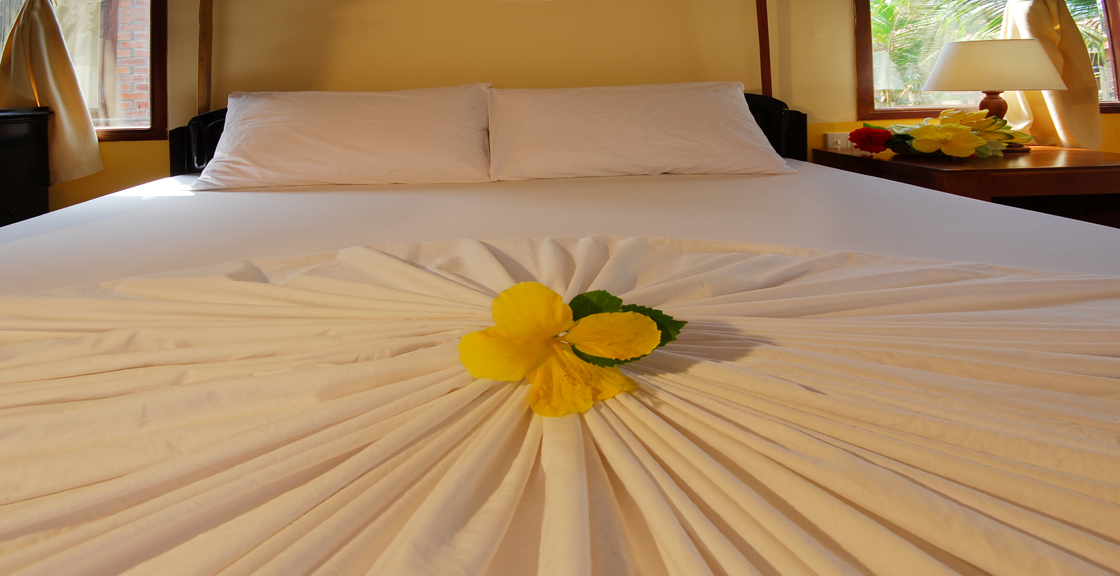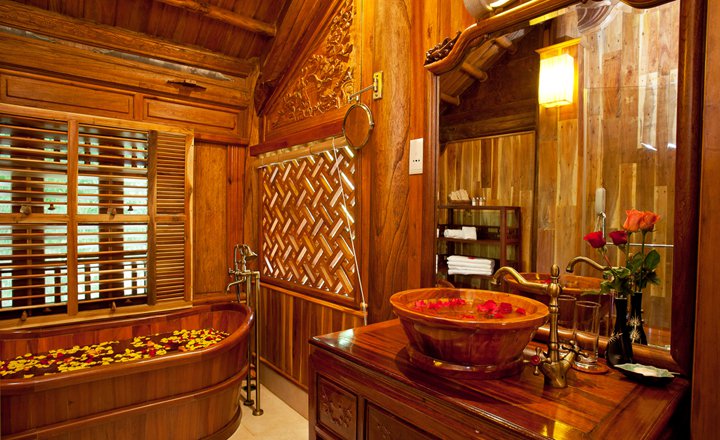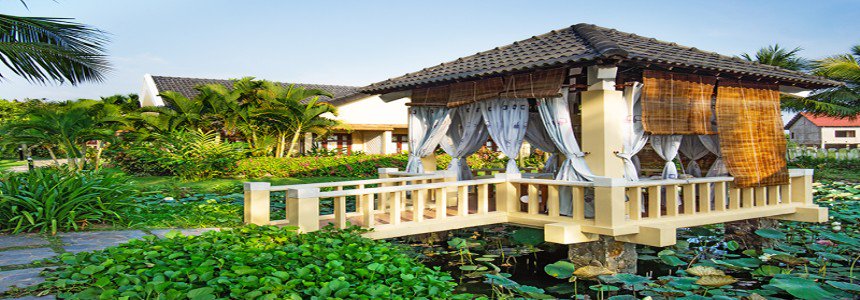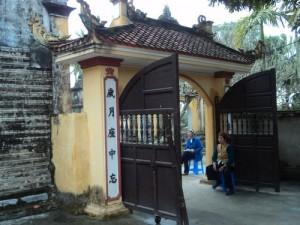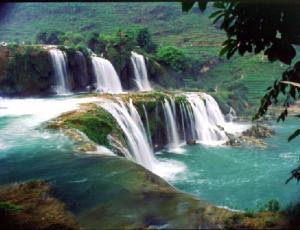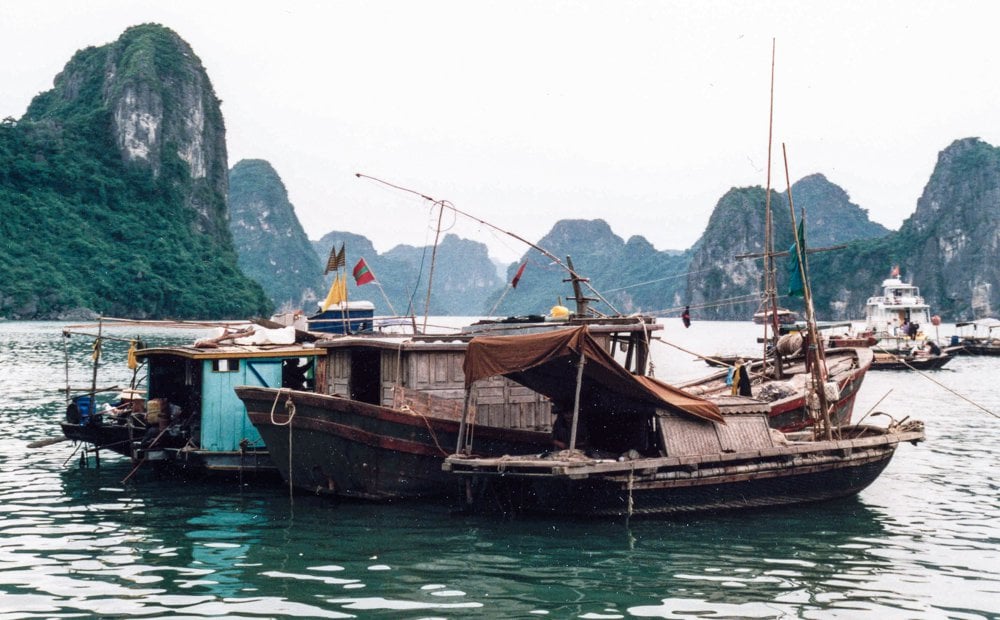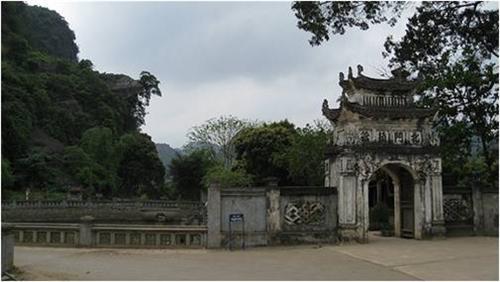Southern Vietnam
Southern Vietnam is dominated by a very tropical climate. The region mainly has 3 seasons: the "cool" period (occurring around November-January), the warm period (around February-May) and the rainy period. However, the Vietnamese definition of "cool" could greatly vary from yours as no matter what the season is, weather conditions are mostly hot and humid.
On our page, Southern Vietnam is defined beginning from Nha Trang’s Long Beach in the East to Rach Gia, a harbor city near the Cambodian border, and furthermore covers the large tropical Phu Quoc island along with its numerous beautiful islets. The island is known as the best place in the country to witness an exceptionally stunning sunset view above sea.
In between lies the vast Mekong delta that supports a rich biodiversity of flora and fauna. Here, countless boats that take part in the floating market trade meet at several locations, keeping business alive even in locations not accessible to cars. The largest and most popular floating market is in the city of Can Tho. Where trade is always busy and lively, it is said that everything you need is here: from fresh fruits and vegetables, varieties of meat or simply rice-wine – name it and they have it!
Formerly named Saigon, and by history was Southern Vietnam’s capital, Ho Chi Minh City is Vietnam’s center for commerce and the country’s largest city by far. This metropolis has it both: traditional and modern spirit. Densely populated, this bustling city is driven by work opportunities and increasing investments, all largely contributing to the country’s economic boom. Served as headquarters during the American occupation, western influence is very evident here. However, numerous cultural heritages existing even before the American war are still present.
Located along Vietnam’s southeastern coast are attractive shorelines found in Phan Thiet and Mui Ne. East of HCMC, these towns are popular water sports and swimming venues in the country.
On our page, Southern Vietnam is defined beginning from Nha Trang’s Long Beach in the East to Rach Gia, a harbor city near the Cambodian border, and furthermore covers the large tropical Phu Quoc island along with its numerous beautiful islets. The island is known as the best place in the country to witness an exceptionally stunning sunset view above sea.
In between lies the vast Mekong delta that supports a rich biodiversity of flora and fauna. Here, countless boats that take part in the floating market trade meet at several locations, keeping business alive even in locations not accessible to cars. The largest and most popular floating market is in the city of Can Tho. Where trade is always busy and lively, it is said that everything you need is here: from fresh fruits and vegetables, varieties of meat or simply rice-wine – name it and they have it!
Formerly named Saigon, and by history was Southern Vietnam’s capital, Ho Chi Minh City is Vietnam’s center for commerce and the country’s largest city by far. This metropolis has it both: traditional and modern spirit. Densely populated, this bustling city is driven by work opportunities and increasing investments, all largely contributing to the country’s economic boom. Served as headquarters during the American occupation, western influence is very evident here. However, numerous cultural heritages existing even before the American war are still present.
Located along Vietnam’s southeastern coast are attractive shorelines found in Phan Thiet and Mui Ne. East of HCMC, these towns are popular water sports and swimming venues in the country.




